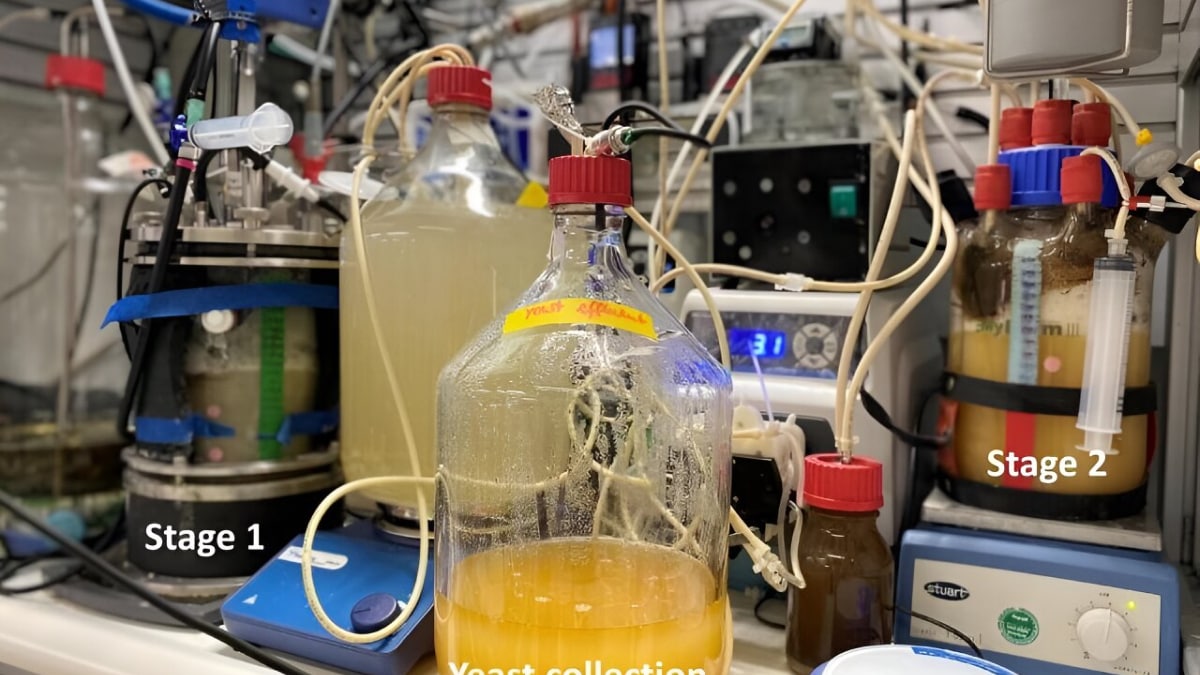MIT’s CuRVE Technique Achieves Uniform Protein Labeling in Intact Tissues
Researchers have introduced an advanced method for labeling proteins in intact tissues, addressing a longstanding challenge in biological research. The technique, designed to ensure even distribution of antibodies across entire…





